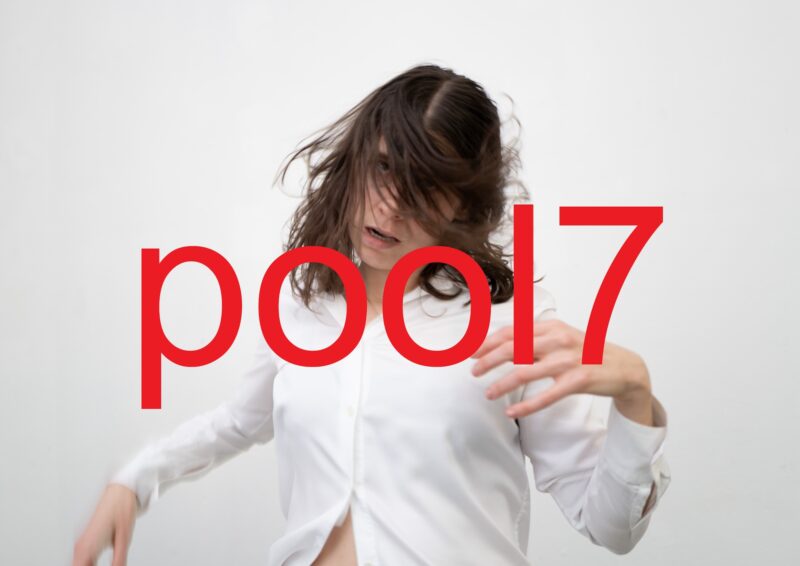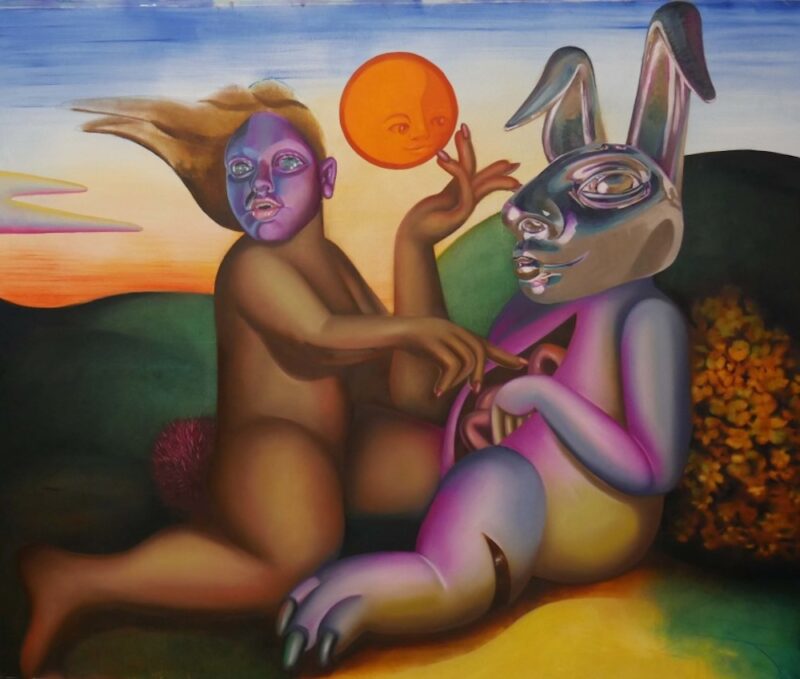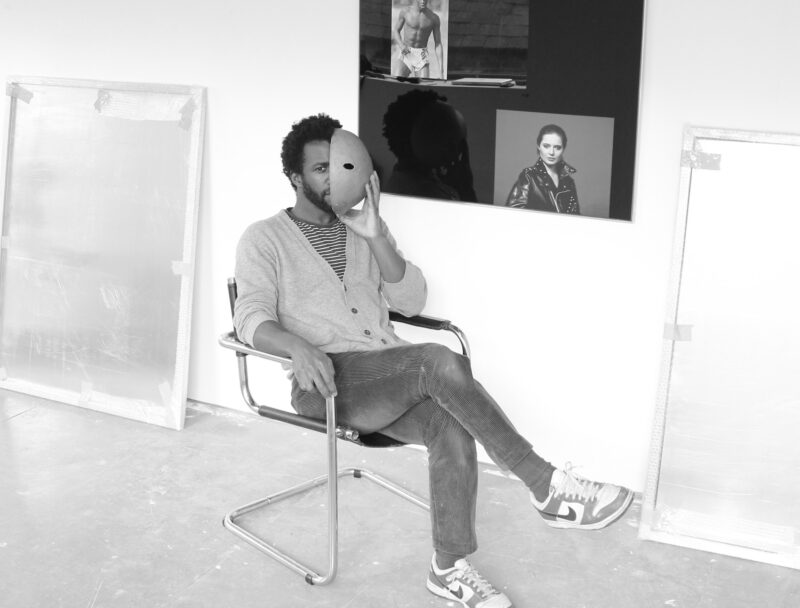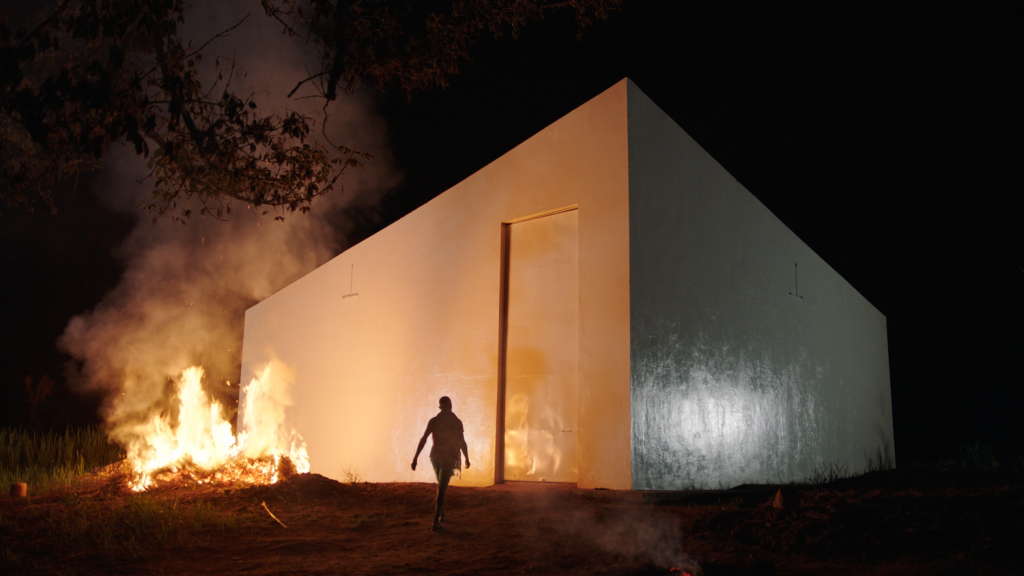
We are all familiar with the white cube gallery space. But when one arises in the middle of a Congolese palm oil plantation, the effect is deeply disorienting.
The idea came to Dutch artist Renzo Martens when he was visiting Tate Modern to speak about Enjoy Poverty and he was struck by the prominent art sponsorship in the Turbine Hall – and made the link between the work done on the plantations which effectively funds this wealth and the conditions that the people there live in, and the clean, elite atmosphere that the corporations can promote as a result of this – whitewashing the dirty side to the business.
White Cube tells the story of him working to reverse this capitalist system of the art world to bring the benefits back to those on the plantation in the Congo (DRC).
Renzo’s project brings the wealth generated back to the people, it allows the people of Lusanga (a small plantation village in Congo, about 5 hours drive from Kinshasa) to regain their autonomy and have control over their physical environment, their working conditions and their financial situation: through White Cube they play the game, but play it by their rules only. For the first time, plantation workers have successfully claimed back the Western cultural and artistic infrastructure that their work financed and created – it is one step further from the repatriation of artefacts: it is claiming the infrastructure.
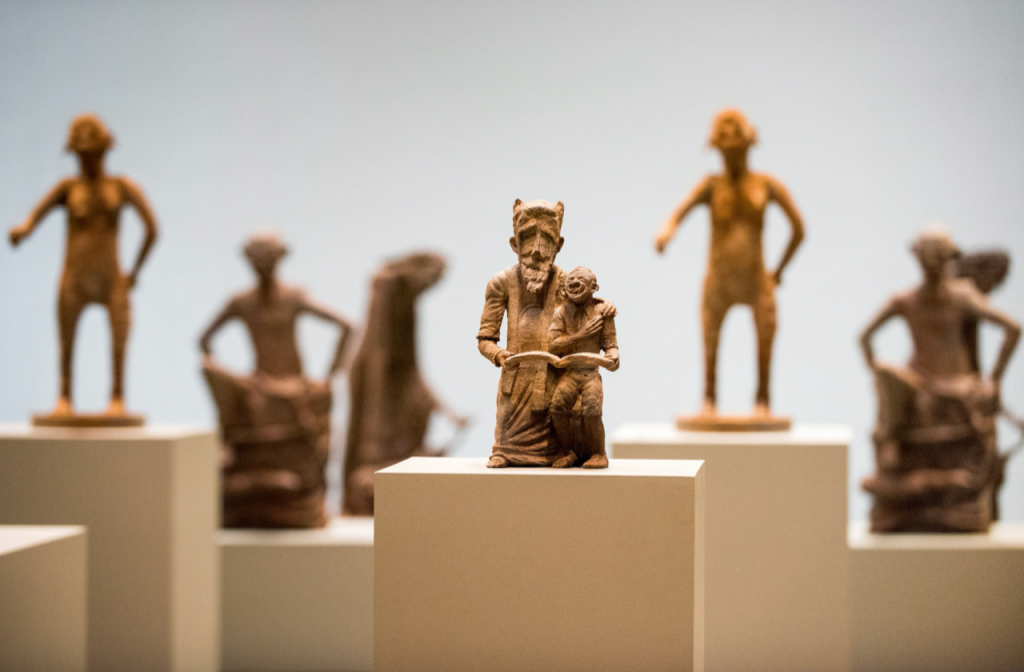
In Renzo Martens’s unorthodox plan to jump-start the local economy former workers have formed a cooperative, where they make sculptures from river mud. These are scanned in Lusanga and the scan is then sent to Amsterdam where they are reproduced in cacao. The sculptures range from portraits of members of the community to unflinching depictions of important or traumatic moments from their colonial past and the difficulties they lived through. These sculptures have then been exhibited and sold in institutions, galleries, museums and art fairs globally. The plantation workers, most of whom earn a dollar or less a day, use the profits from these successful exhibitions to buy back the land confiscated from them by Unilever. “Plus they have also had the means to work with architect David Gianotten at OMA, the Dutch practice founded by Rem Koolhaas, to design and build a functioning art gallery in their plantation
“Land or art. If I would have to choose, I would choose both. But if I really have to choose only one, I would choose the land. Where can I put my chair and start making art, if I do not own the land?” –
Matthieu Kilapi Kasiama, Cercle d’Art des Travailleurs de Plantation Congolaise (CATPC).
Screened on The ICA’s new online platform Cinema 3
(March 30th – April 7th)
Screened at the White Cube in Lusanga, DR Congo, in collaboration with 10 institutions across 5 continents (March 17th, 2021 – April 7th, 2021)
The film will be screened online at the end of March via the ICA’s new online platform Cinema 3 and museums and institutions around the world confirmed institutions: White Cube, Lusanga, KW, Berlin, African Artists Foundation, Lagos, SCCA, Tamale, Ghana, Van Abbemuseum, Eindhoven – Wiels, Brussels, ICA, London plus the film will be screened at CPH DOX (The Copenhagen International Documentary festival) April 21st – May 2nd.

